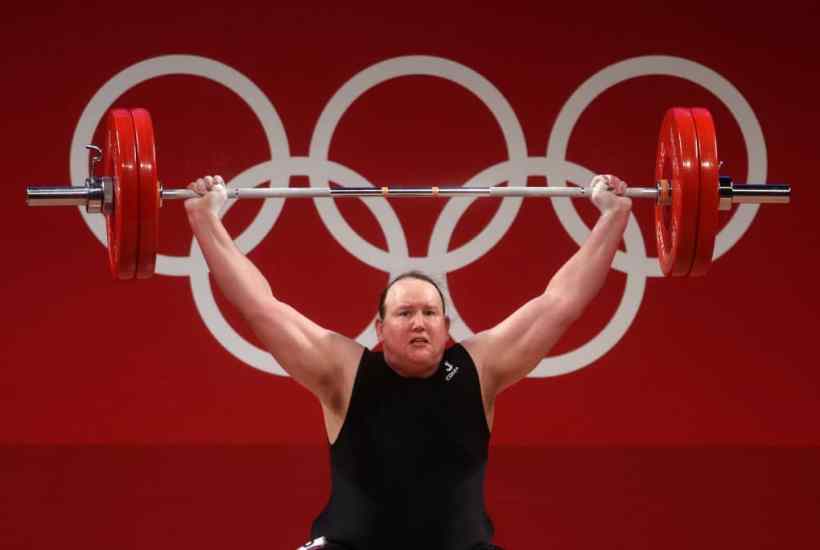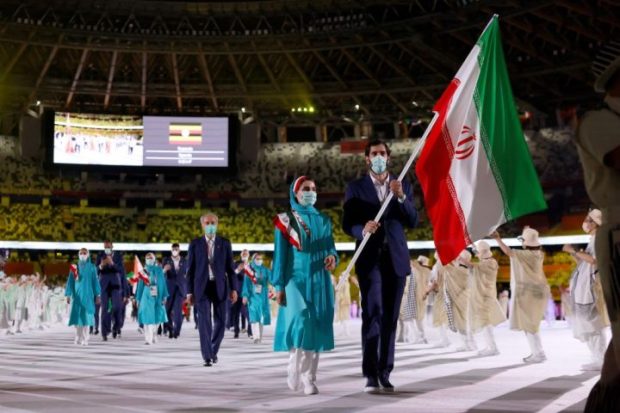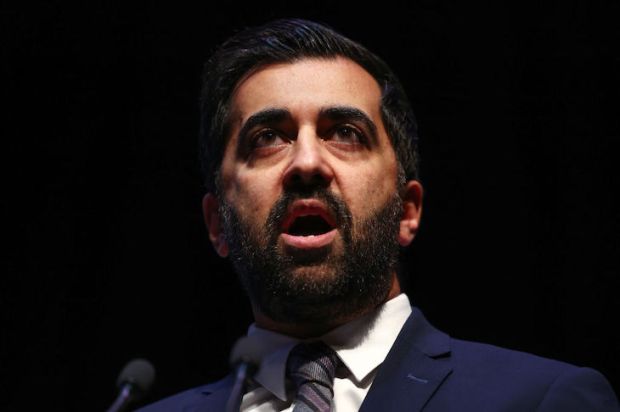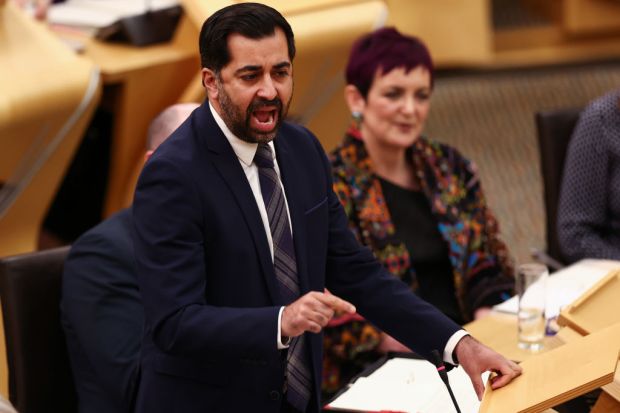The International Olympic Committee have just released a new framework for transgender and intersex inclusion in sports. The old Olympic guidelines from 2015 allowed Laurel Hubbard, a transgender weightlifter, to compete with women in Tokyo and were clearly not fit for purpose – even the IOC admitted that. But this new document is arguably even worse.
The IOC begins with ten principles it will follow, the first of which is ‘inclusion’. Fair enough, sport should be inclusive – but it must also be safe and fair. Here, the IOC fails spectacularly. For generations, sport has been segregated by sex. Otherwise, women would be unable to compete with men. That truth should not be controversial. But this is 2021 and gender identity ideology has now swept through liberal society.
And on this, the IOC has rolled over completely.
It states that: ‘Provided they meet eligibility criteria that are consistent with principle four, athletes should be allowed to compete in the category that best aligns with their self-determined gender identity.’ Principle four, incidentally, deals with ‘fairness’ and ‘safety’, but doesn’t seriously engage with how this can be achieved.
Elsewhere the IOC’s guidance really takes the biscuit. According to the governing body, there should be no presumption that male-bodied athletes will have an advantage over women:
‘No athlete should be precluded from competing or excluded from competition on the exclusive ground of an unverified, alleged or perceived unfair competitive advantage due to their sex variations, physical appearance and/or transgender status.’
At least the ICO does see the dangers of unscrupulous athletes and their national governing bodies gaming the system. The guidance adds that sports organisations should prevent ‘athletes from claiming a gender identity different from the one consistently and persistently used, with a view to entering a competition in a given category.’
In a world where there are over a hundred gender identities – according to the BBC – I fear it might be only a matter of time before someone claims they have an innate and immutable need to present as a woman when competing in sport. This is nonsense of course but, when policy is based on feelings, how can anyone call it out?
The IOC has lost sight of the very reason sport was segregated in the first place: sex. We have never in the past drawn lines on the basis of how we feel about our own bodies.
This framework does not in itself create regulations. The IOC recognise that, ‘it must be in the remit of each sport and its governing body to determine how an athlete may be at a disproportionate advantage against their peers, taking into consideration the nature of each sport. The IOC is therefore not in a position to issue regulations that define eligibility criteria for every sport, discipline or event across the very different national jurisdictions and sport systems.’
But where does this leave governing bodies? Dr Tony Lycholat, a consultant in sports science, sports medicine and elite coach development, told The Spectator that:
‘It will be the smaller, cash-strapped International Federations and sport National Governing Bodies that will find themselves under pressure to deny biological reality and attempt to commission costly and time-consuming research studies to confirm that yes, male sports performance advantage exists.’
Lycholat – who worked with UK Sport ahead of the 2012 Olympics – adds:
‘The IOC admitted recently that their 2015 guidelines were not fit for purpose. Are these any better? The scientific consensus so far – from Professor Ross Tucker, Drs Emma Hilton and Tommy Lundberg – is that this so-called “framework” is even worse for safe, fair and inclusive sport for all.’
Hilton and Lunberg’s research is compelling. In a 2020 paper for Sports Medicine they found that ‘the performance gap between males and females becomes significant at puberty and often amounts to 10 to 50 per cent depending on the sport.’
Hilton – a developmental biologist at the University of Manchester – told me that:
‘What is also surprising is that [the IOC] fail to acknowledge centuries of practical and academic research – in the lab, on the field and in the playground – that show males have a consistent athletic advantage, acquired at puberty, over females, and that this is why sex categories exist. It is therefore in remarkable ignorance that they ask individual sports federations – the majority of whom already segregate sports according to this advantage – to prove anew this advantage.’
And there is the problem. When the IOC made sports governing bodies responsible for transgender policies, it also burdened them with the need to demonstrate that male bodies are stronger and faster than female bodies specifically in the context of their discipline.
Once again feelings have trumped facts but this time the impact will fall squarely on those without the resources to carry out unnecessary research to prove the blindingly obvious. And women, of course, will find themselves competing at a disadvantage in areas they formerly thought were their own.
Got something to add? Join the discussion and comment below.
Get 10 issues for just $10
Subscribe to The Spectator Australia today for the next 10 magazine issues, plus full online access, for just $10.


















Comments
Don't miss out
Join the conversation with other Spectator Australia readers. Subscribe to leave a comment.
SUBSCRIBEAlready a subscriber? Log in